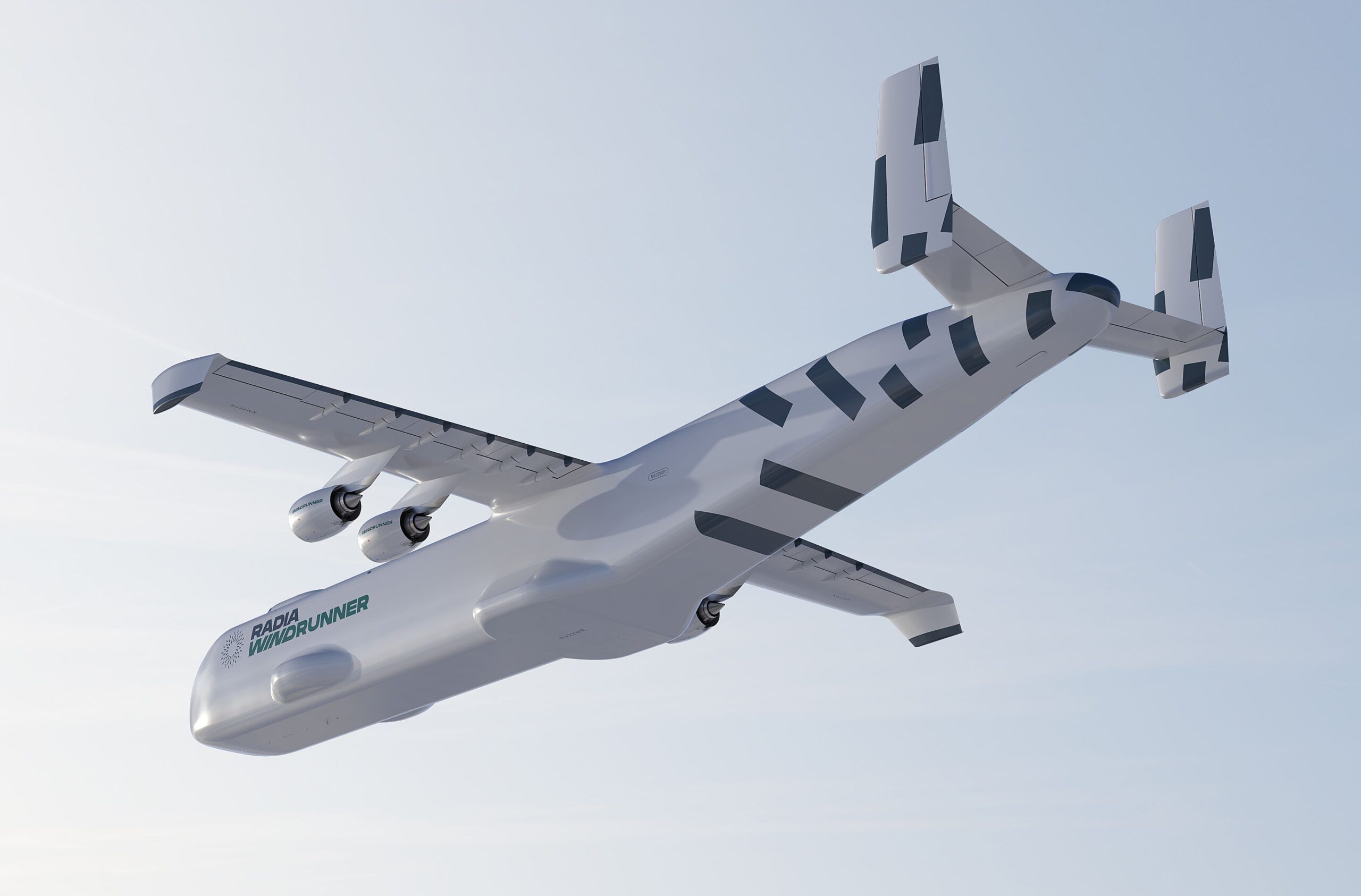Radia to design, build world’s largest aircraft

BOULDER — Boulder firm Radia Inc. will design and build the world’s largest aircraft, a vehicle large enough to carry wind turbine blades that might be as long as a football field.
The company said Tuesday that its aircraft will enable wind-energy companies to deploy blades that would be difficult to transport on the ground because of bridges, tunnels and road curves.
Radia, founded in 2016, has designed an aircraft called WindRunner that will be able to fly large turbine blades and other components directly to wind-farm sites. The company also will partner with industry leaders in the onshore wind-energy industry to help create new onshore wind farms.
The initiative comes as sources such as BloombergNEF and the International Energy Agency have determined that in order to meet decarbonization targets, land-based wind-energy installations need to boost production by 2050 to as much as 41% of the electricity generation mix.
Radia has received nearly $100 million in funding from sources including LS Power, Good Growth Capital, Capital Factory, Caruso Ventures and ConocoPhillips, according to information provided by the company.
“Radia will create a step-function improvement for onshore wind in profitability, lower cost, and higher consistency. This will result in more wind projects, more green fuel projects, lower energy price, more profits, and more money being invested in the energy transition,” Radia CEO Mark Lundstrom said in a written statement.
Radia also is tracking the growth in energy use around the world. The global data-center market, for example, will grow at a rate of more than 10% a year from 2023 to 2030.
“U.S. data centers alone will consume 33 GW by 2030, largely on the back of surging AI use. The growing use of EVs will further add to the demand. All this is happening as the grid struggles with reliability, as the gap between demand and power generation capacity further widens and as reliability is further challenged as a result of climate-driven severe weather such as the 2021 Texas ice storm,” Radia said in a press statement.
“Offshore turbines are more than two times as powerful as onshore turbines because they are bigger,” Lundstrom said. “If we could move these large turbines onshore, they would be twice as profitable and open up three times more land for economically viable wind farms. Why not put them onshore? Because literal roadblocks stand in the way.
“Radia will respond by building WindRunner to overcome these barriers, bring the benefits of offshore wind onshore, and deliver what we call GigaWind — the largest land-based turbines today and the even larger ones of the future,” Lundstrom said.
The largest wind turbines are the most energy-efficient — doubling the length of a turbine blade roughly quadruples its power output. But their size restricts them to offshore use, Radia said.
WindRunner will be capable of landing on short, semi-prepared runways, including those made of packed dirt. It requires a 6,000-foot dirt or gravel landing strip. This also enables it to land at almost any commercial airport around the world. WindRunner will be 356 feet long, and its volume is 12 times that of a 747, the company said.
Boulder firm Radia Inc. will design and build the world’s largest aircraft, a vehicle large enough to carry wind turbine blades that might be as long as a football field.




